Joseph Yerushalmi, a librarian at the University of Haifa Library, created a catalogue with around 65,000 records on paper cards. The catalogue contains articles from the 1940s to the 1970s, focusing on individuals like artists, writers, philosophers, intellectuals, and historical figures. the collection also includes reviews on books and literary works.
To preserve this valuable catalogue, digitization is needed, the project is divided to two parts:
The first part is to Detect text regions, which means classifying each region to its appropriate label: Title, Author, Text, and other.


 Classification of SSEP Signals for Surgical Monitoring
Classification of SSEP Signals for Surgical Monitoring

 How Does a Lexical Stress Look like?
How Does a Lexical Stress Look like?





































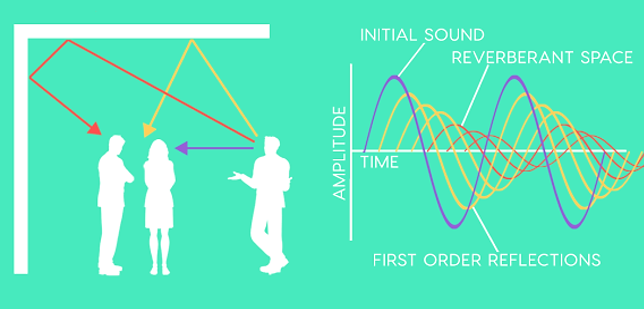







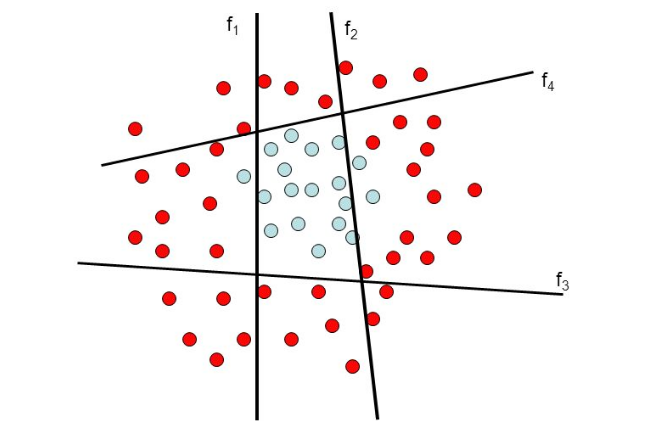


 Image Manipulation with GANs Spatial Control
Image Manipulation with GANs Spatial Control




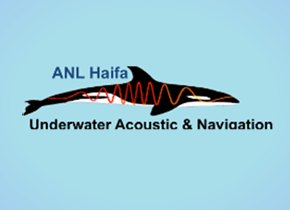
 Generative Deep Features
Generative Deep Features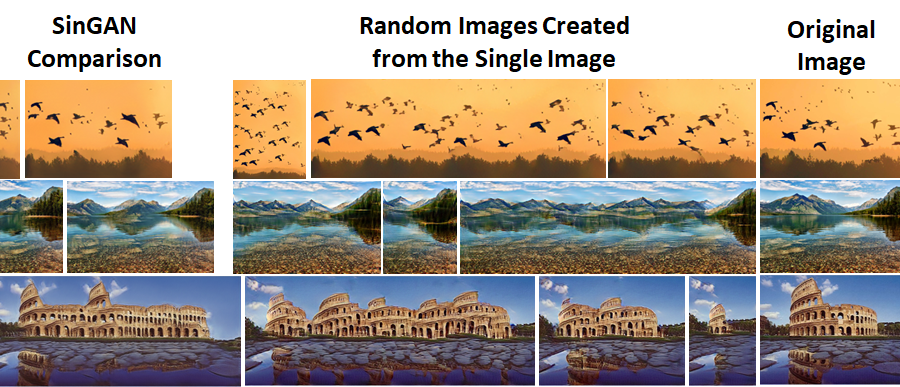



 Gunshot Detection in Video Games
Gunshot Detection in Video Games

 Deep Image Interpolation
Deep Image Interpolation
 Unsupervised Abnormality Detection by Using Intelligent and Heterogeneous Autonomous Systems
Unsupervised Abnormality Detection by Using Intelligent and Heterogeneous Autonomous Systems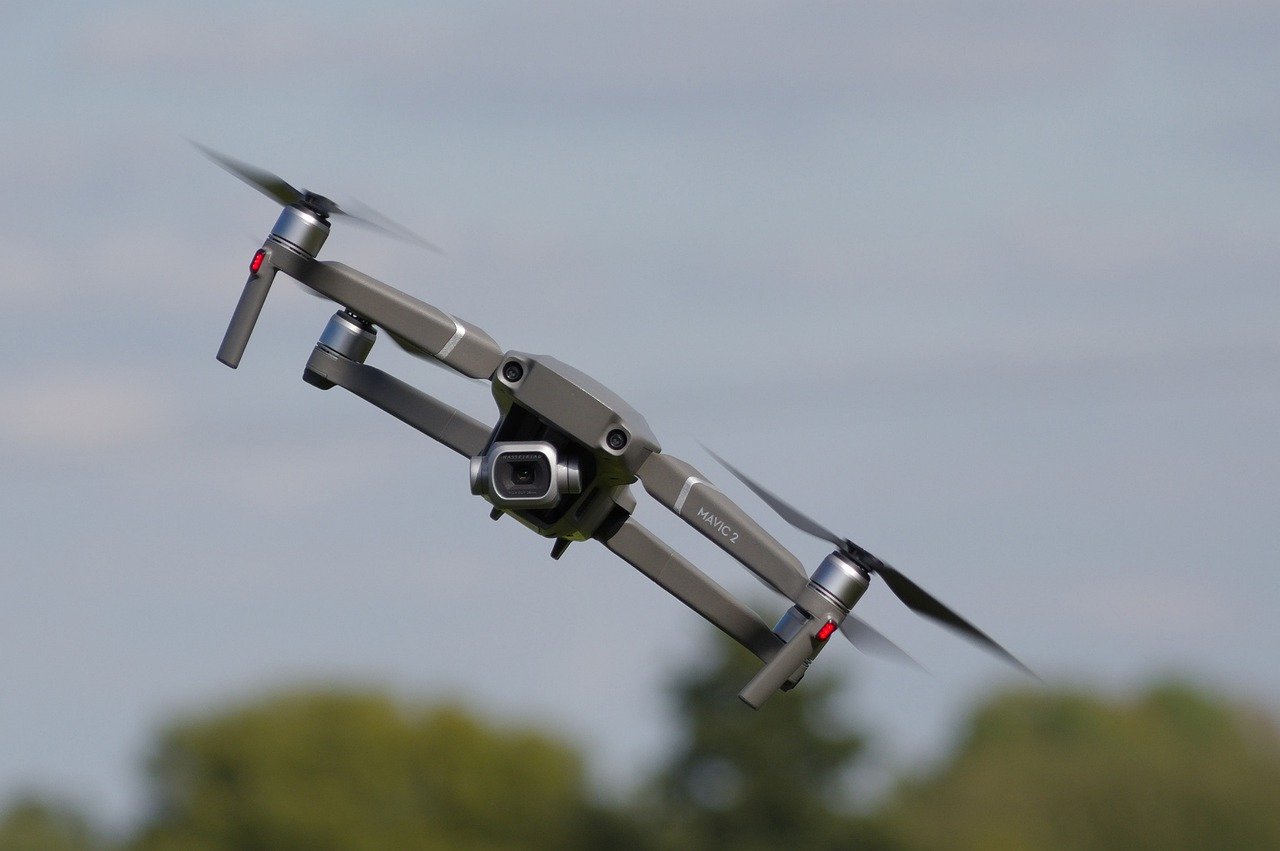
 Early Detection of Cancer Using Thermal Video Analysis
Early Detection of Cancer Using Thermal Video Analysis

 Speaker Diarization using Deep Learning
Speaker Diarization using Deep Learning
 Physics Classroom Augmented Reality with Your Smartphone Part B
Physics Classroom Augmented Reality with Your Smartphone Part B
 Deep Learning for Physics Classroom Augmented Reality App
Deep Learning for Physics Classroom Augmented Reality App
 Efficient Deep Learning for Pedestrian Traffic Light Recognition
Efficient Deep Learning for Pedestrian Traffic Light Recognition

 From Deep Features To Image Restoration
From Deep Features To Image Restoration

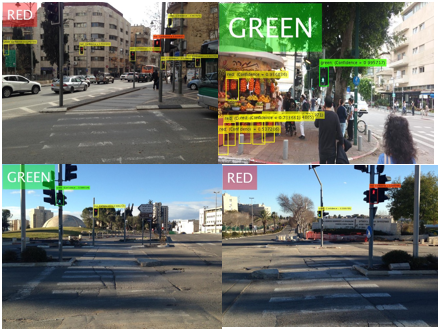
 Advanced Framework For Deep Reinforcement Learning
Advanced Framework For Deep Reinforcement Learning